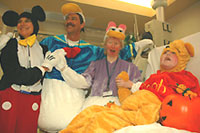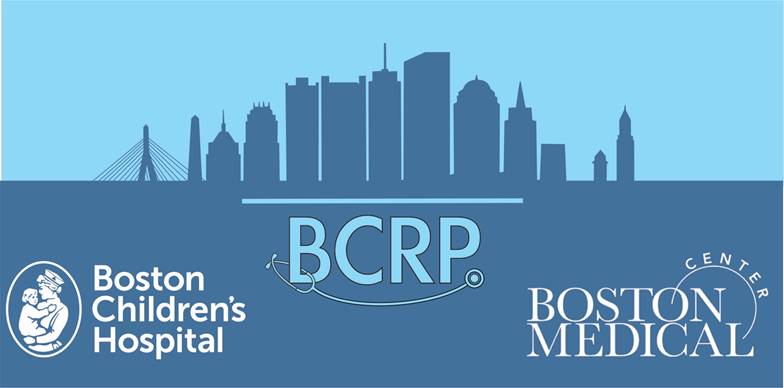Oncology

Inpatient oncology care at Boston Children’s is divided into three disease-specific teams: hematologic malignancy, solid tumor, and neuro-oncology.
There are two hematologic malignancy teams. One is staffed by an attending, a fellow and one PL-2 resident. Typically, they take all new diagnoses, relapses, most ICU transfers, complications of treatment (e.g. pancreatitis, infections, etc). The other heme malignancy team has an attending, two nurse practitioners and no residents. Typically, they take the long-term patients (AML, in the hospital for 4-6 months), and routine chemotherapy admissions.
Residents also participate on the solid tumor team. The solid tumor service is staffed by an attending, a fellow, one PL-2 resident and a nurse practitioner (NP). The NPs and the residents split the patients, with NPs taking most routine chemo admissions and residents taking new diagnoses, relapses, ICU transfers, and complications of treatment. Everyone rounds together but the work-flow after rounds is mainly divided into NP and resident groups.
The neuro-oncology team consists of an attending, fellow and two nurse practitioners. They cover the inpatients, the ICU patients, and consults. Residents spend a day on the team during their Oncology block.
Goals of the rotation include: understanding common presentations of childhood cancer, management of oncologic emergencies, effective communication with families, management of febrile neutropenia, and identification and management of common complications of chemotherapy. The rotation also allows residents to gain an understanding of issues related to end-of-life care in a pediatric population. This rotation is augmented by daily didactic teaching sessions by oncology fellows and attendings, tumor boards and an outpatient experience in the Jimmy Fund Oncology Clinic at the Dana Farber Cancer Institute.



